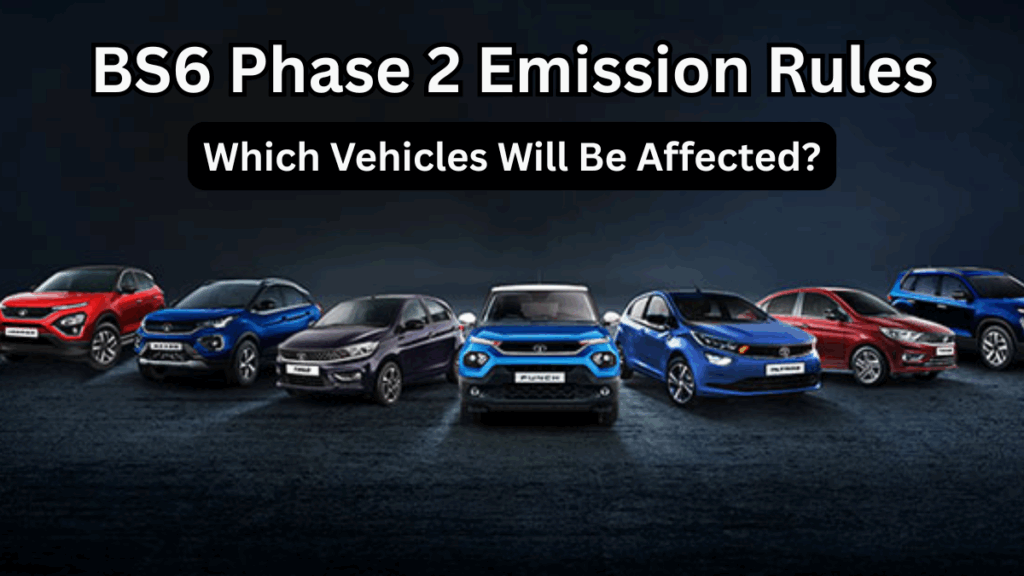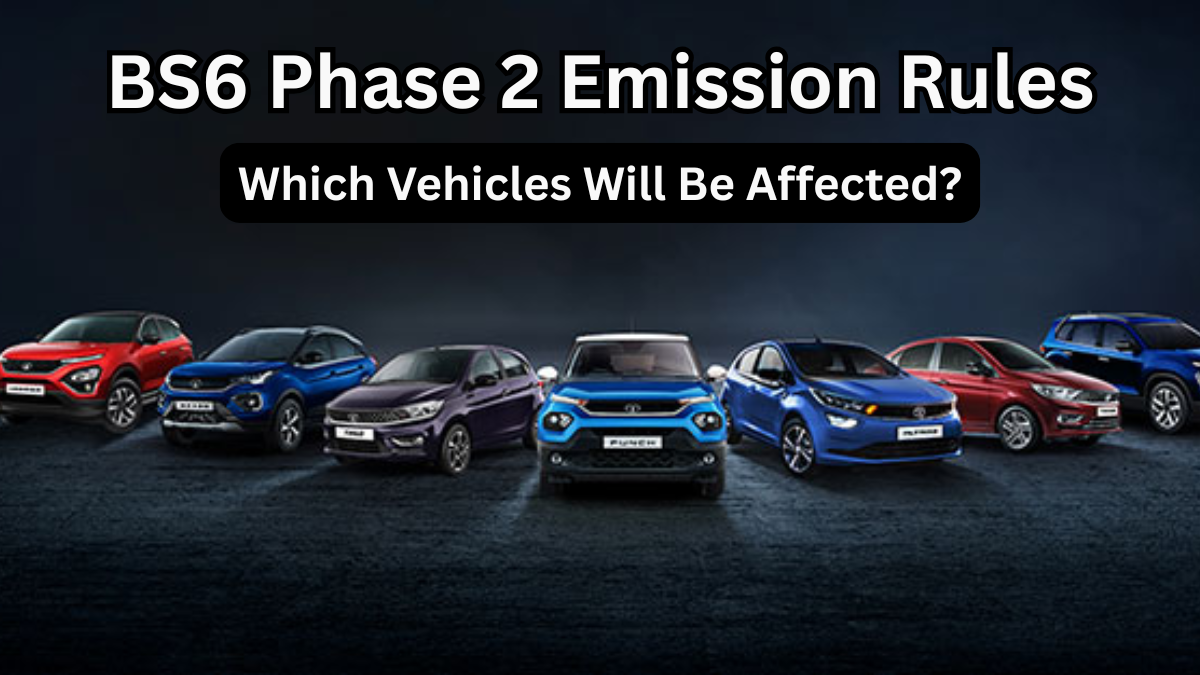The automotive industry in India is undergoing a significant transformation with stricter emission norms. The BS6 phase 2 vehicle compliance India norms, also known as BS6 Stage 2, aim to further reduce vehicular pollution and ensure cleaner air for everyone. These updated standards are an upgrade from the initial BS6 rules introduced in 2020.
The car pollution rule 2025 will affect a wide range of vehicles, pushing manufacturers to adopt newer technologies and stricter emission control systems.

What is BS6 Phase 2?
BS6 Phase 2 is an evolution of the Bharat Stage 6 (BS6) norms, which already replaced BS4 standards in April 2020. The Phase 2 rules are designed to:
-
Reduce nitrogen oxide (NOx) emissions from diesel and petrol vehicles
-
Limit particulate matter (PM) emissions even further
-
Introduce more stringent on-road testing under Real Driving Emissions (RDE) protocols
Vehicles that meet BS6 phase 2 vehicle compliance India standards will be cleaner and contribute to reduced air pollution.
Vehicles Affected Under BS6 Phase 2
The following categories of vehicles will see an impact under the new emission rules:
| Vehicle Type | BS6 Phase 2 Requirement | Impact |
|---|---|---|
| Petrol Cars | Lower NOx & PM limits | May require new catalytic converters |
| Diesel Cars | Drastic reduction in NOx & PM | New diesel particulate filters mandatory |
| Two-Wheelers | Lower HC, CO, NOx limits | Fuel injection tuning & better catalytic converters needed |
| Light Commercial Vehicles (LCVs) | Reduced CO, NOx & PM | Engine upgrades for compliance |
| Heavy Commercial Vehicles (HCVs) | Stricter NOx & PM limits | Advanced exhaust after-treatment systems required |
Why the BS6 Phase 2 Rules are Important
-
Cleaner Air: Significantly reduces urban air pollution
-
Fuel Efficiency: Optimizes engines for lower emissions without compromising mileage
-
Global Alignment: Moves India closer to international emission standards like Euro 6d
-
Long-Term Sustainability: Supports the government’s vision of reducing vehicular carbon footprint by 2030
Key Changes in Car Pollution Rule 2025
The car pollution rule 2025 introduces new testing and compliance methods:
-
Real Driving Emissions (RDE) testing on roads, not just in labs
-
Stricter particulate number (PN) limits for diesel vehicles
-
Mandatory on-board diagnostics (OBD) for monitoring emissions
-
Gradual phase-out of older non-compliant vehicles by 2030
Every new vehicle sold after the specified timeline must comply with BS6 phase 2 vehicle compliance India standards.
How Vehicle Owners Can Prepare
-
Check Vehicle Compliance: Verify if your vehicle meets BS6 Phase 2 standards
-
Upgrade Older Vehicles: Consider retrofitting pollution control devices for diesel cars
-
Regular Servicing: Maintain engines, fuel injectors, and exhaust systems
-
Stay Updated: Follow announcements related to car pollution rule 2025 enforcement dates
FAQs
1. When will BS6 Phase 2 be implemented in India?
BS6 Phase 2 rules are expected to be enforced from April 2025, affecting all new vehicle registrations after that date.
2. Will existing vehicles need to upgrade to BS6 Phase 2?
No, existing vehicles can continue operating but may face stricter checks during emissions testing in major cities.
3. How will BS6 Phase 2 affect vehicle prices?
The stricter compliance norms may slightly increase manufacturing costs, leading to higher vehicle prices, especially for diesel variants.
4. Which vehicles are most impacted by the car pollution rule 2025?
Diesel cars and heavy commercial vehicles are most affected, as they emit higher NOx and particulate matter levels.
Click here to learrn more
